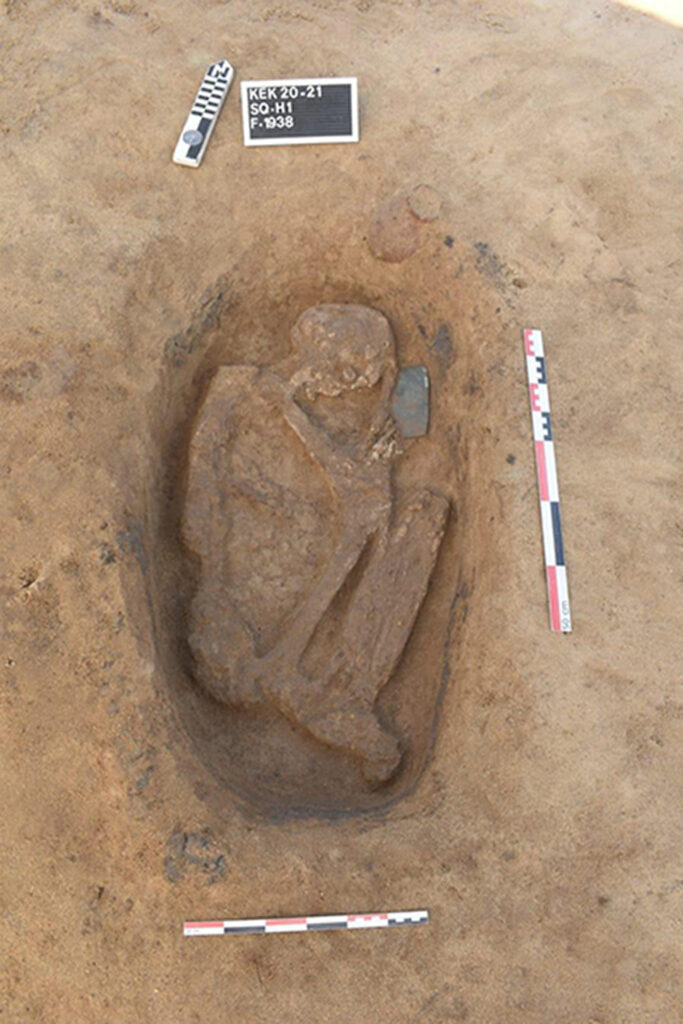Ancient Egyptian Tomb Of Royal Scribe In Charge Of Sacrifices Under Pharaoh Ramses II Discovered
An ancient Egyptian tomb belonging to a royal scribe who was in charge of sacrifices under Pharaoh Ramses II has been discovered.
The discovery took place at the Saqqara Necropolis, in the village of Saqqara in the Giza Governorate near the capital Cairo, in northern Egypt.
The Saqqara Necropolis is famous for being a huge burial ground for ancient Egyptian pharaohs and other important people.

The announcement of the discovery was made by the Egyptian Ministry of Tourism and Antiquities, which said in a statement obtained by Newsflash that “the mission of the Faculty of Arts, Cairo University, chaired by Professor Dr Ola Al-Ajizi, successfully discovered the tomb of ‘Batah-M-Woya’, which was holding the post of the head of the treasury in the era of King Ramses II.” (sic)
The statement added that Batah-M-Woya also held the position of “head of the divine clerics in the temple of Ramses II”, in charge of sacrifices to deities at the temple of Ramses II in Thebes.
It explained that the area where the tomb was unearthed also houses the final resting places for other important people in the New Kingdom (1550 BC to 1070 BC), including that of Pharaoh Horemheb, who ruled Egypt from 1319 BC to 1292 BC. He was also a famous military commander.

Professor Al-Ajizi added that the design of Batah-M-Woya’s tomb is similar to those found near it. So far, archaeologists have uncovered its entrance, which leads to a hall full of drawings which depict scenes of ritual processions featuring offerings for the gods.
Professor Ahmed Rajab, the Head of the Faculty of Archaeology at Cairo University, added that experts had been digging at Saqqara since the 1970s.
Archaeologists also recently discovered over 100 ancient tombs, some of which are at least five millennia old, at another site in northern Egypt. Egypt’s Ministry of Tourism and Antiquities announced the significant find by the archaeological team headed by Dr Sayed Al-Talhawi in April.

The 110 tombs were unearthed at the Kom Al-Khalejan archaeological site in Egypt’s Dakahlia Governorate in the north of the country, in the Nile Delta region.
Among the graves are 68 oval-shaped tombs, which have been dated back to Egypt’s Predynastic era from 6000 to 3150 BC.
Thirty-seven rectangular tombs were also found at the site and are believed to be from the so-called Second Intermediate Period from 1650 BC to 1550 BC, when the when the Hyksos people of West Asia ruled the country.

The remaining tombs are oval-shaped and have been dated to the Naqada III, or Protodynastic, Period from 3200 BC to 3000 BC, during which time the Egyptian language was first recorded in hieroglyphs.
Some of the tombs uncovered still contained the mortal remains of adults and children, and grave goods and items of pottery were also found within.



